Ten Native Grasses to Use in Your Charlotte Landscape

Top 10 Native Grasses for the Charlotte, NC Area
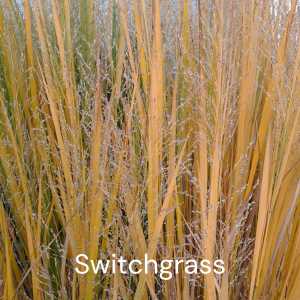
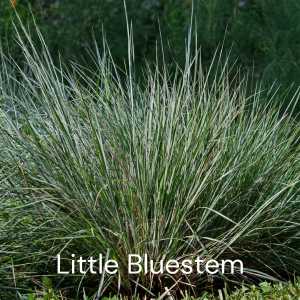
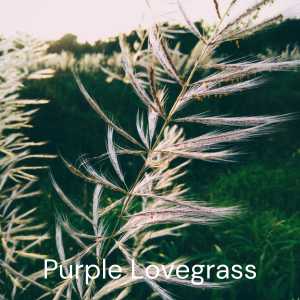
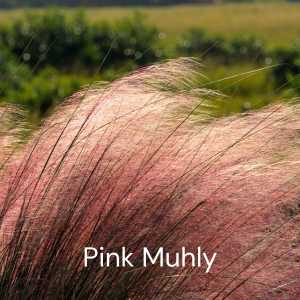
- Switchgrass (Panicum virgatum) - A tall, perennial grass that produces a sea of airy seed heads in late summer and fall. Its deep roots make it drought-tolerant and great for soil stabilization.
- Little Bluestem (Schizachyrium scoparium) - Known for its striking blue-green summer foliage that turns a vivid orange-red in the fall, this grass is a favorite for all-season interest.
- River Oats (Chasmanthium latifolium) - Distinguished by its bamboo-like foliage and unique, flat seed heads that dangle from arching stems, perfect for shady spots.
- Eastern Gamma Grass (Tripsacum dactyloides) - A robust, clumping grass with wide leaves and tall spikes of greenish flowers. It's highly adaptable and serves as a strong structural element in landscapes.
- Purple Lovegrass (Eragrostis spectabilis) - With its fine texture and purple-red summer blooms, this low-growing grass adds a burst of color and texture to the garden.
- Indiangrass (Sorghastrum nutans) - Offers towering, golden plumes in the fall and a sturdy, upright habit, making it an excellent choice for creating vertical interest.
- Prairie Dropseed (Sporobolus heterolepis) - Esteemed for its fine-textured foliage and fragrant, airy seed heads, it forms a dense, rounded mound ideal for borders and ground cover.
- Broomsedge Bluestem (Andropogon virginicus) - Characterized by its distinctive, coppery fall color and fluffy seed heads, it's perfect for naturalized areas.
- Atlantic Coast Panic Grass (Panicum amarum) - A beach-inspired selection that brings a sense of the coast to inland gardens with its airy texture and resilience to tough conditions.
- Pink Muhly Grass (Muhlenbergia capillaris) - Renowned for its breathtaking clouds of pink to mauve flowers in fall, creating a stunning, ethereal effect in the landscape.
5 Reasons to Use Native Grasses in Landscape Design in the Piedmont Area
- Environmental Sustainability: Native grasses are well-adapted to the regional climate and soil conditions, requiring less water, fertilizer, and pesticides. This reduces the environmental footprint of maintaining a garden.
- Erosion Control: The deep root systems of many native grasses help to stabilize soil and manage erosion, especially in sloped areas or near water bodies, protecting the Piedmont's varied terrain.
- Habitat Creation: By planting native grasses, you're providing essential habitat and food sources for local wildlife, including birds, bees, and butterflies, supporting biodiversity.
- Year-Round Beauty: Native grasses offer a diverse range of textures, colors, and heights, ensuring visual interest throughout all seasons. Their natural growth patterns complement the Piedmont landscape beautifully.
- Low Maintenance: Adapted to thrive in local conditions, native grasses generally require less upkeep than non-native species, saving time and resources for gardeners and landscape managers.
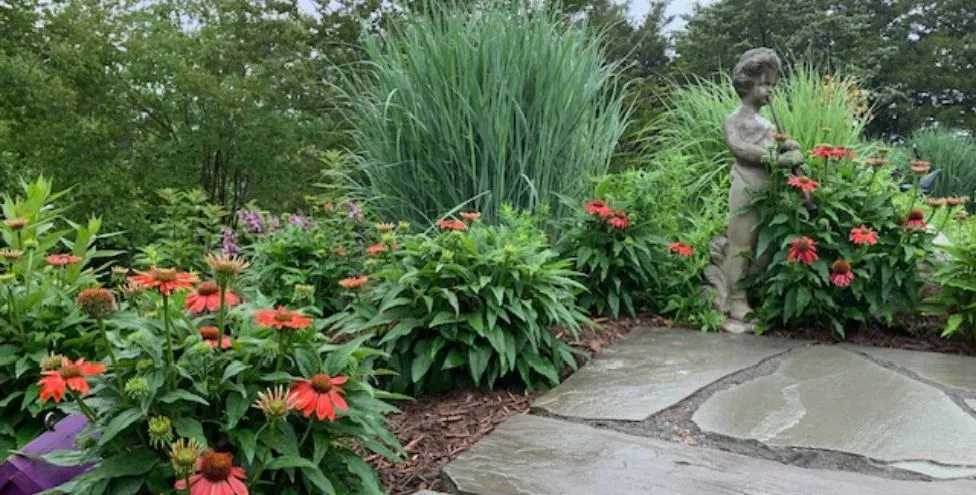
Charlotte's Native Wildlife and the Role of Native Grasses
Birds: Many native birds, including songbirds, game birds, and even some raptors, rely on the seeds produced by grasses like Switchgrass, Indiangrass, and Purple Lovegrass for food. The dense foliage of grasses such as Eastern Gamma Grass and Prairie Dropseed provides critical shelter for nesting and protection from predators.
Pollinators: Grasses like the Pink Muhly Grass and Little Bluestem offer essential resources for pollinators. While grasses are not typically known for their flashy flowers, the subtle blooms they produce are valuable nectar sources for bees and butterflies. Moreover, their leaves and stems serve as larval host plants for certain butterfly and moth species.
Small Mammals: The thick cover provided by native grasses offers excellent refuge and nesting materials for small mammals, including rabbits, voles, and ground squirrels. The seeds of these grasses also contribute to their diet, supporting a diverse range of species throughout the year.
Insects and Invertebrates: Native grasses are a haven for a multitude of insects and invertebrates, which in turn serve as a crucial food source for birds, reptiles, and amphibians. The complex structure of grasslands creates microhabitats that are essential for the survival of many species, including beneficial insects that pollinate plants and control pests.
Amphibians and Reptiles: For amphibians and reptiles, the moist, shaded environments provided by dense grasses are vital for their survival. Grasslands adjacent to water bodies support amphibian species during their breeding season, while snakes and lizards utilize the grassy terrain for hunting and thermoregulation.
Enhancing Biodiversity Through Native Grasses
By planting native grasses, homeowners and landscapers in Charlotte can contribute to a mosaic of habitats that support and enhance local biodiversity. These grasses act as the foundation of a complex food web, directly and indirectly feeding and protecting a wide array of wildlife. Moreover, they contribute to the resilience of local ecosystems, helping them withstand the pressures of urbanization and climate change.
Incorporating native grasses into your landscape not only pays homage to the natural beauty of the Piedmont region but also plays a pivotal role in preserving its ecological heritage. Through such sustainable gardening practices, we can ensure that Charlotte's native wildlife thrives for generations to come.
Work With Us
Wilson's Natural Landscaping will be happy to provide a professional consultation for your next project. A site visit can be arranged if needed.
